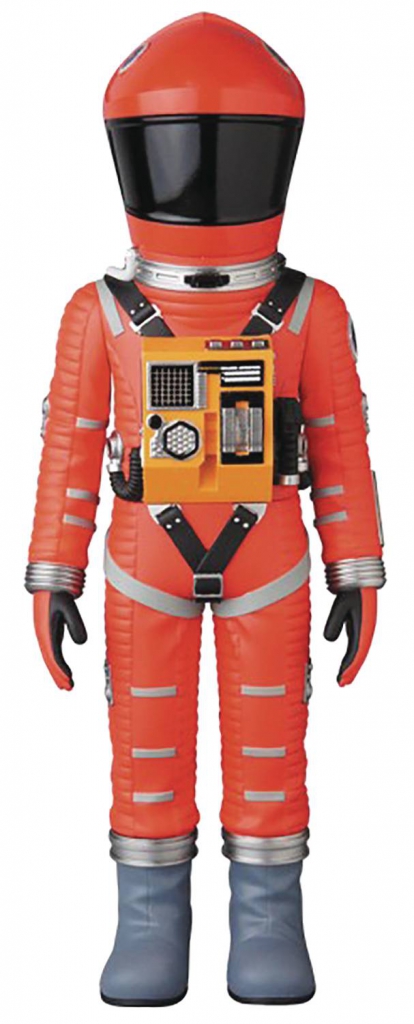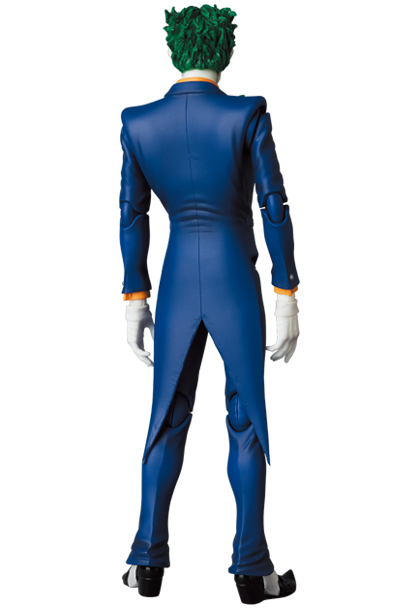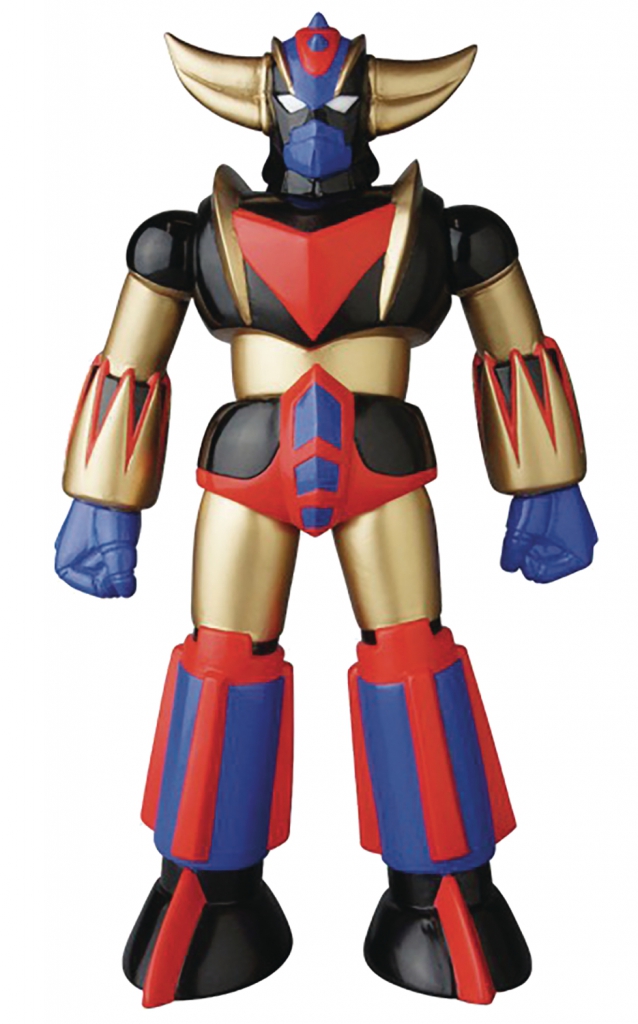
2001: A Space Odyssey Space Suit Vinyl Doll

Just another nerd.




Medicom makes this 9 1/2″ tall sofubi fo the famous Shaoki Dogu figure unearthed in Japan in 1887. According to Wikipedia,
The Shakoki-dogu, or “goggle-eyed dog?”, were created in the Jomon era, and are so well known that when most Japanese hear the term dogu, this is the image that comes to mind. The name shakoki (literally “light-blocking device”) comes from the resemblance of the figures’ eyes to traditional Inuit snow goggles. Another distinguishing feature of the objects are the exaggerated, female buttocks, chest and thighs. Furthermore, the abdomen is covered with patterns, many of which seem to have been painted with vermilion. The larger figures are hollow.
Unbroken figures are rare, and most are missing an arm, leg or other body part. In many cases, the parts have been cut off.
These types of dogu have been found in the Kamegaoka Site in Tsugaru, Aomori Prefecture; the Teshiromori Site in Morioka, Iwate Prefecture; the Ebisuda Site in Tajiri, Miyagi Prefecture; and the Izumisawa Kaizuka Site in Ishinomaki, Miyagi Prefecture. All the sites listed have been designated as Important Cultural Properties.

Medicom makes this gold colored sofubi version of UFO Robot Grendizer (though I’m still partial to their monochrome version).

